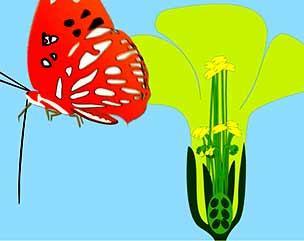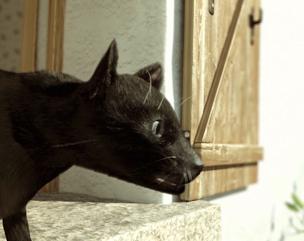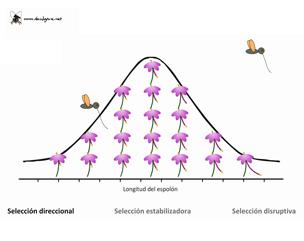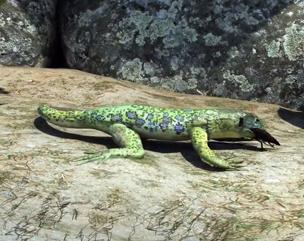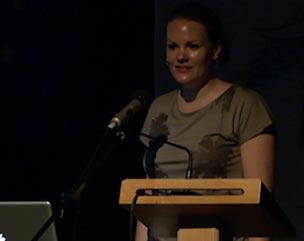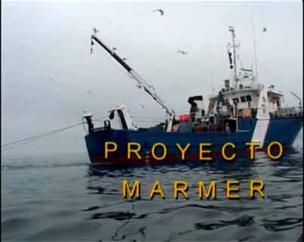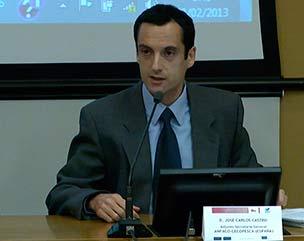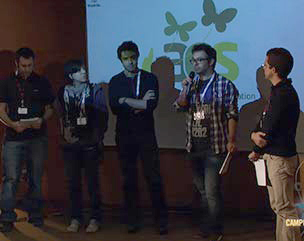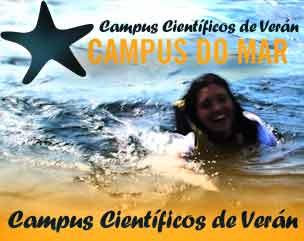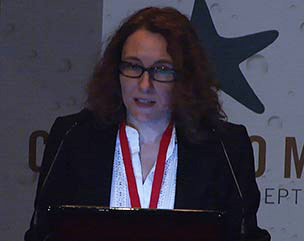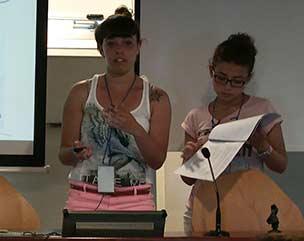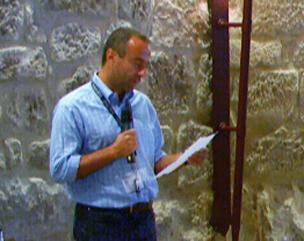Adaptative strategies: the hypothesis "burglar alarm"
Divulgare
Some microscopic algae consume energy to produce bioluminescence. The video explains the adaptative advantage that this energy expenditure means for these microorganisms.
Algae (Noctiluca scintillans) are preyed upon by other components of the transparent body zooplankton, copepods, that by eating noctilucas become too bright. Thus, copepods become very bold and their own predators (fish larvae) distinguish them more clearly. Thus, the noctilucas have turned these predators into alarms to attract help. The current version of the video can lead to think that the only selective force in action is the "group selection" that makes some individuals sacrifice for the sake of their kind. Actually, algae light up when they are eaten, but also when they are "disturbed", thus attracting superior predators. Those algae that lighten up without being destroyed could benefit from the selection. At present we are working in a new version of the "voice over" that clarifies this point.

